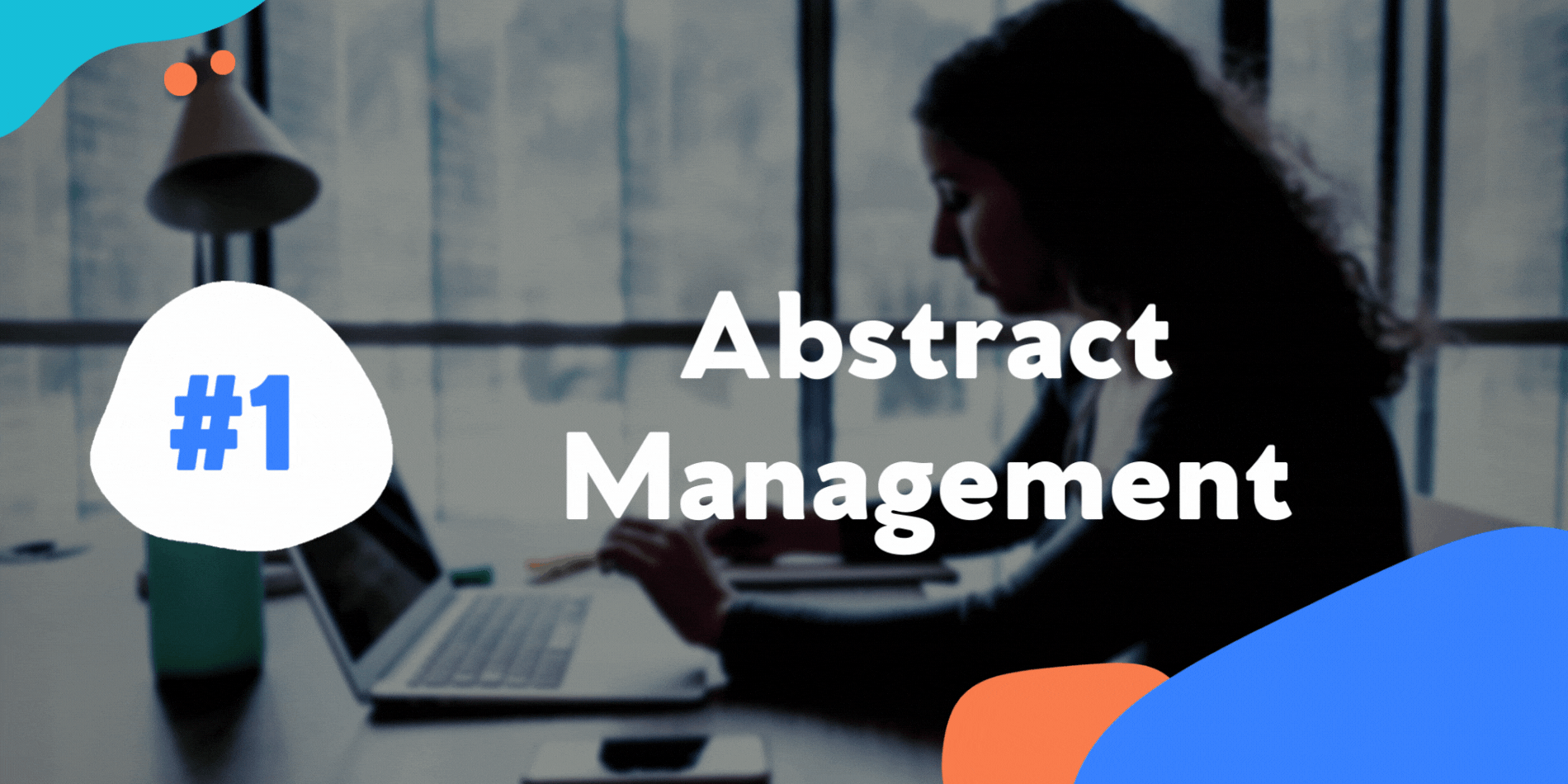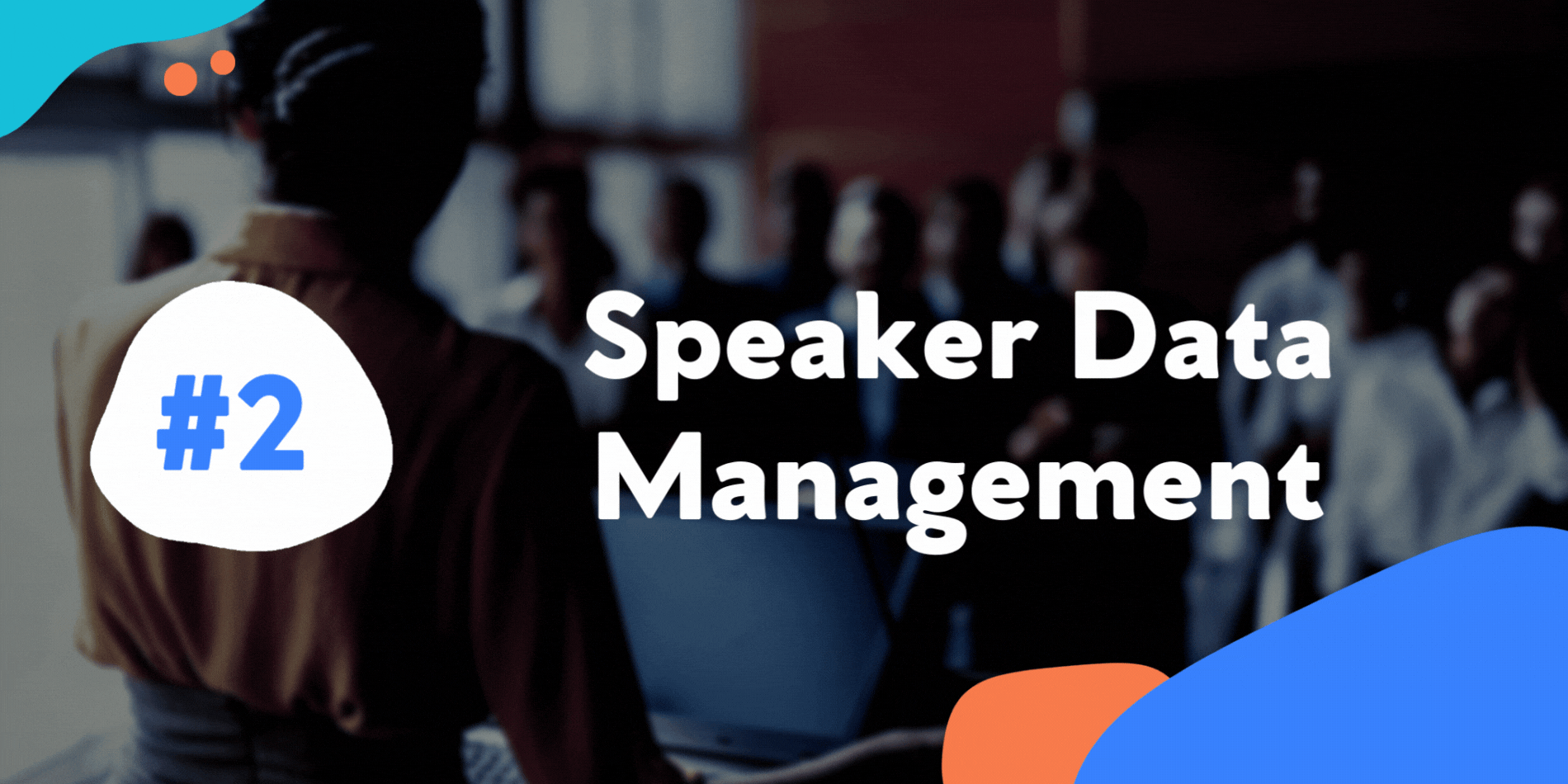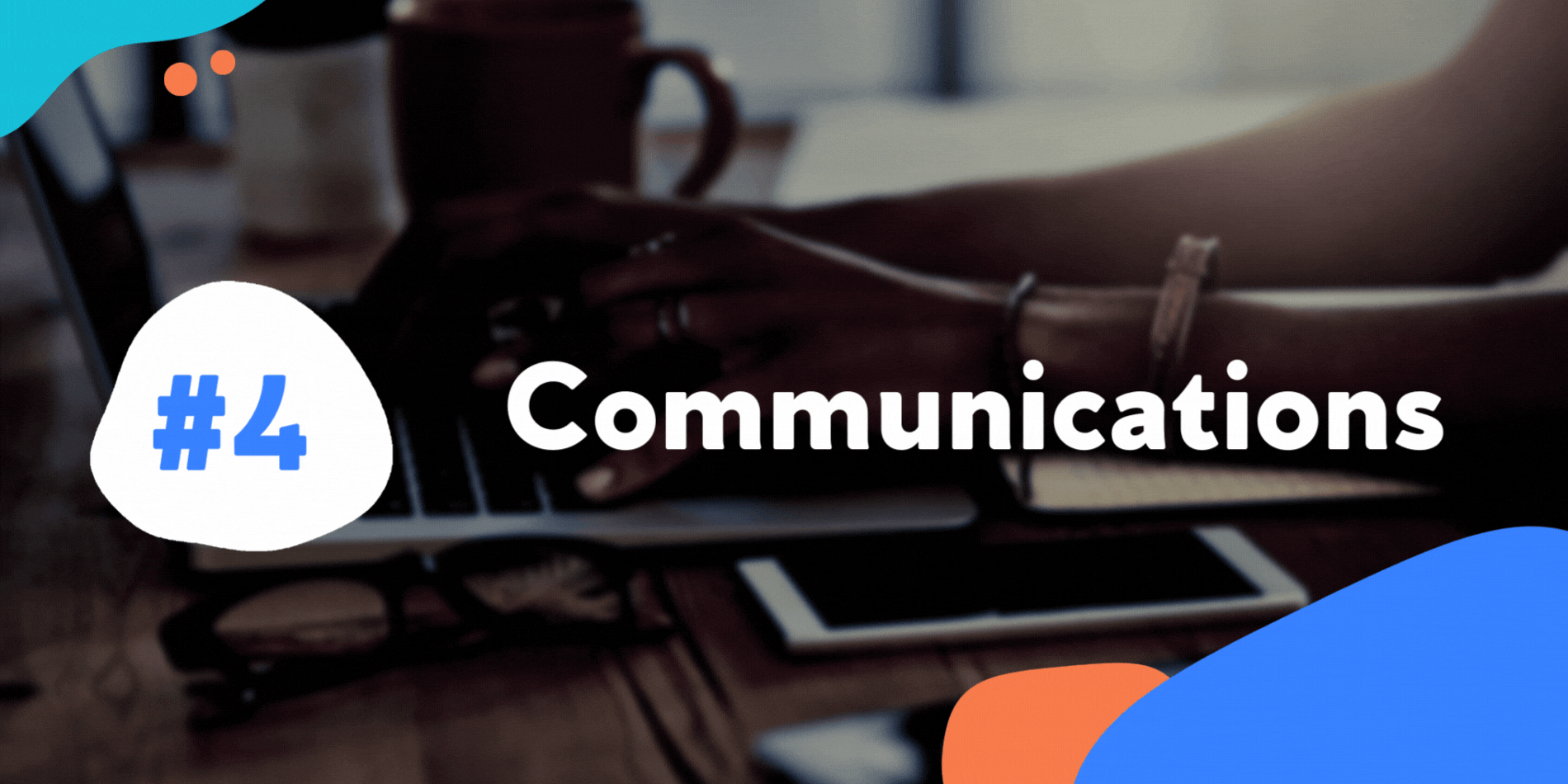From Submission to Mitigation: Managing the Life Cycle of Speakers

Event planners and association executives must appease many stakeholders, including attendees and exhibitors. However, content is still king, so one could argue that the most significant stakeholders are the meeting speakers themselves. Top-notch speakers are attracted to reputable, well-run events, and their presence on the program can inspire potential attendees to eagerly click the “register today” link.
Cadmium helps clients support and manage speakers effectively, freeing you up to focus on other parts of the meeting, including today’s complicated hybrid meeting logistics. At a recent gathering of event planners, Cadmium team members provided an overview of the “speaker life cycle” to demonstrate how its technology streamlines speaker management and makes life easier. This process includes Cadmium’s Scorecard abstract management module and Education Harvester and Hermes speaker management modules, along with powerful integrated communication tools.
Read on to learn how to streamline speaker data, presentations, and communications in 4 simple steps.

Step 1: Abstract Management
Submission and review is made simple with Cadmium’s Scorecard module. Potential speakers can create an account and log into the meeting’s Scorecard database to submit their abstracts for review and scoring. This intuitive, task-based submission process can easily be completed on the applicant’s laptop or mobile device in one sitting or many. Applicants can pause in the process, save their work, and return at their convenience.
Customized tasks required by the event planners are listed in Scorecard, such as “submit bio.” The final application cannot be submitted or reviewed until all required tasks display a green checkmark, indicating the activity has been completed. With the Scorecard, event planners no longer have to chase people down because they forgot to submit their co-presenter’s photo with their application!
Once submitted to Scorecard, selected reviewers can read and review an application using a customized scoring rubric. They can mark favorites, flag issues, and insert notes for other reviewers to consider. A supervisor or chair role can be created, allowing one or more people to have access to all reviewer feedback. These chairs can manage traffic to ensure that reviewers are staying on task and are not overwhelmed or under-utilized. Chairs can mark a final consensus decision on each submission.
Scorecard users can create and share customized reports, ensuring that everyone is kept in the loop. From their laptops or mobile devices, event planners can keep an eye on the reviews as they are completed and assign new applications to reviewers to keep the process on track and reviewers engaged.
One helpful Scorecard feature is the ability to build sessions based on the accepted submissions. Suppose a theme starts to emerge among accepted sessions. In that case, a chairperson or event planner can bring them together in a particular time block, with a corresponding title, description, and presenter list. By the time the review process is completed, a cohesive and engaging program can be created.

Step 2: Speaker Data Management
After a session is accepted and the speaker is notified, the presentation and its corresponding data migrates from Scorecard to the Education Harvester, which is the Cadmium education and speaker data management platform. This area becomes the one-stop shop for all presentation information and communication until the event. There, the speaker will begin to interact with their own data in a series of customized tasks that will help them have more control over how their session is described and produced and will ease most of the heavy lifting for your planning team.
Education Harvester is where speakers will submit all supporting documents, including disclosures, bios, photos, and presentation materials. They will be tasked with making any required audio-visual or travel arrangements. They can download your meeting’s marketing materials to help them publicize their session on social media. Speakers can be asked to indicate their agreement via tasks, including their responsibilities and media consent. Not only can speakers upload their slide presentations here, but they can also record their presentations and upload and provide closed captioning of the MP4 video file, without ever leaving Education Harvester.
On the event planner side, Education Harvester gives you much more control of the process. You can zero in on specific speakers who have not completed all their tasks by certain deadlines and communicate directly with them to offer support. The data that migrates from the Scorecard can be mass edited to ensure there is accuracy and consistency. After all, this data will be used later to directly populate the program the public will view. You can also determine the time parameters around when speaker materials, such as handouts or video files, will be visible to participants and the public.
A word about disclosures: in late 2020, the Accreditation Council for Continuing Medical Education (ACCME) released new, more rigorous guidelines for disclosure collection and display. Providers and clients now must look back not only 12, but 24 months, and determine what constitutes a relevant conflict of interest for their speakers and mitigate that to each specific presentation they are involved in at the meeting.
The Cadmium Education Harvester now features an administration tool that allows you to create your own mitigation strategy, including a library of consistent terms to use throughout your event. You can task the speakers with self-disclosing which relationships are relevant to a particular presentation or you can get very involved in the process with them to parse relevance. Either way, the disclosure tool is easy to use and will help ensure that disclosures are accurate and transparent to your audience.
For those who missed your event or specific sessions, Cadmium offers seamless learning management system (LMS) solutions. By using the data from Education Harvester, including recorded presentations, your organization can offer a virtual, on-demand experience. It helps spread the knowledge shared at your meeting to a wider audience and offers a way for your organization to earn additional revenue from the event.

Step 3: On-Site Speaker Preparation
It would be a shame for a speaker to get this far in the process just to arrive onsite, thumb drive in hand, and be unable to upload their presentation.
Cadmium’s Hermes speaker ready room module allows you and your speakers to make instant updates to presentations, room details, and event technology you use at your meeting. peakers and event planners can collaborate with our team to take one last look at uploaded presentations or get a last-minute tech assist. All presentations run through the Hermes platform will look professional, with your meeting-branded graphics and colors to accompany the presentation name and speakers.

Step 4: Communications
Targeted, customizable communications are available in both Scorecard (for reviewers and potential speakers) and Education Harvester (for moderators and accepted speakers). You can easily send clear and meaningful emails within the system to specific individuals by using mail merge fields that pull in all types of information that have been collected.
For example, you can set up a weekly email to reach any individuals who have an open application for poster sessions and offer them specific guidance or details that may differ from what you offer a plenary speaker applicant. You can send an email to any last-minute submitters, offering them specific advice and support to help them get their application completed in time. Since time is of the essence, you can remove one obstacle to their success by including a hyperlink to their application within the system.
The email tracking feature is user-friendly and captures opens, click-throughs, and bounce-backs. For example, if a speaker indicates that they have yet to receive an email, you can quickly look it up and resend it right to them.
Cadmium also offers integrated attendee-facing products to keep information flowing. Data from Education Harvester, including the event schedule and speaker bios, can be seamlessly shared with eventScribe, an all-in-one tool that powers both an event website and app. The eventScribe tool offers custom branding, matchmaking, and valuable sponsorship space. It’s a good way for an organization to drive attendee engagement, maximize profit, and more.
For events that use a WordPress-based event website, there is now an option via a third-party Cadmium partner to bring Education Harvester/speaker data into your WordPress site using the ParrotWP™ plugin.
You can access the full live-streamed workshop here.